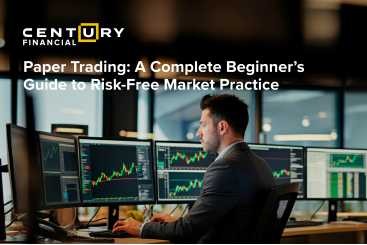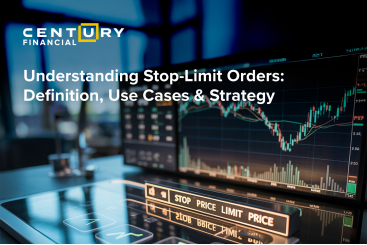
.jpg)
For any investor looking of ways to diversify investment portfolio with low-risk instruments, Treasury bonds can be a compelling option.
Market volatility can be unnerving. But for a retiree, it can be very concerning. And the fear is justified: they are at a stage where they can’t recover what they have saved and are only withdrawing money to meet their lifestyle.
So clearly, selling when the stock market is down doesn’t quite make sense. And, of course, then there are investors that, no matter the age, have a fear of losing money and seek investments that are low in risk.
Luckily, they can find solace in treasury bonds. However, how good are they really?
Before we go any further, let’s understand some more about treasury bonds.
What are treasury bonds?
Treasury bonds, or T-bonds as they are also known, are government debt securities that the U.S. Federal government issues and are sold by the U.S. Treasury Department. Investors are given a fixed rate of interest to investors every six months for nearly 20 to 30 years. But, the interest rates earned are dependent on the economy and fluctuate as per market interest rates.
As the Federal Reserve, during a recession, is likely to cut interest rates to encourage spending and drive loan growth, picking a bond at the right time is crucial. So any newly-issued bond coming out during an economic downturn could have a low rate of interest versus one when the economy is performing well.
Difference types of treasuries



How does a treasury bond work?
Essentially what you are doing when you purchase a T-bond is lending the government money. In return, the government agrees to pay you interest twice a year till the bond matures. So basically, the government is paying you the money you loaned them.
T-bonds face value can be measured in multiples of $100. So if you intended to buy 20 bonds, you would need to spend $2000. The price of the bonds and their interest rate are determined at an auction. The price could go higher, equal or lower than the face value, sometimes called “par”. Every bond has a coupon rate to determine the rate of interest one is expected to be paid.
Buying and selling treasury bonds
Buying and selling treasury bonds You can buy T-notes via an online auction by the Treasury Department online at TreasuryDirect.gov. You can also pick it up from a bank or licensed broker. An investor has two options after purchasing the note – hold the bond till it matures and receive the initial amount back on maturity or sell the bond before maturity. In the case of the latter, one can trade treasuries on the bond market through a broker.
Like any investment, let’s look at some of advantages and disadvantages of T-bonds
Advantages of T-bonds

Steady income:
As they pay a fixed rate of interest, they can be an excellent source of regular and stable income. They also offer a steady return to offset any potential losses they would face from any other investments in their portfolio.

Risk-free:
They are deemed risk-free assets as investors can hold the bond until maturity and are guaranteed to receive the principal amount invested.

Liquid:
As T-bonds can also easily be sold before they mature they are so much more liquid. With plenty of buyers and sellers, if need be, an investor can easily trade bonds

Many investment options:
T-bonds can either be purchased by an individual or through an investment vehicle like mutual funds and exchange-traded funds.
Disadvantages of Treasury Bonds

Lower rate of return:
Compared to stock investments, the interest income from T-bonds is considered low.

Inflation risk:
T-bonds are exposed to inflation risk, eroding the overall return.

Interest rate risk:
As mentioned earlier, the interest rate is linked to how well the economy is doing.
The content in this blog, including any research, analysis, opinions, forecasts, or other information (collectively, "Information"), is provided by Century Financial Consultancy LLC (CFC) for marketing, educational, and general informational purposes only. It should not be construed as investment advice, a recommendation, or a solicitation to buy or sell any financial instruments.
This Information may also be published across various channels, including CFC’s website, third-party platforms, newsletters, marketing materials, emails, social media, messaging apps, webinars, and other communications. While CFC strives for accuracy, we do not guarantee the completeness, reliability, or timeliness of any content. Any decisions made based on this Information are at your own risk. CFC accepts no liability for any loss or damage arising from its use.
Trading financial products involves significant risk and may not be suitable for all investors. Please ensure you fully understand the risks and seek independent professional advice if necessary.
Please refer to the full risk disclosure mentioned on our website.









.png)
.png)
.png)
.png)


